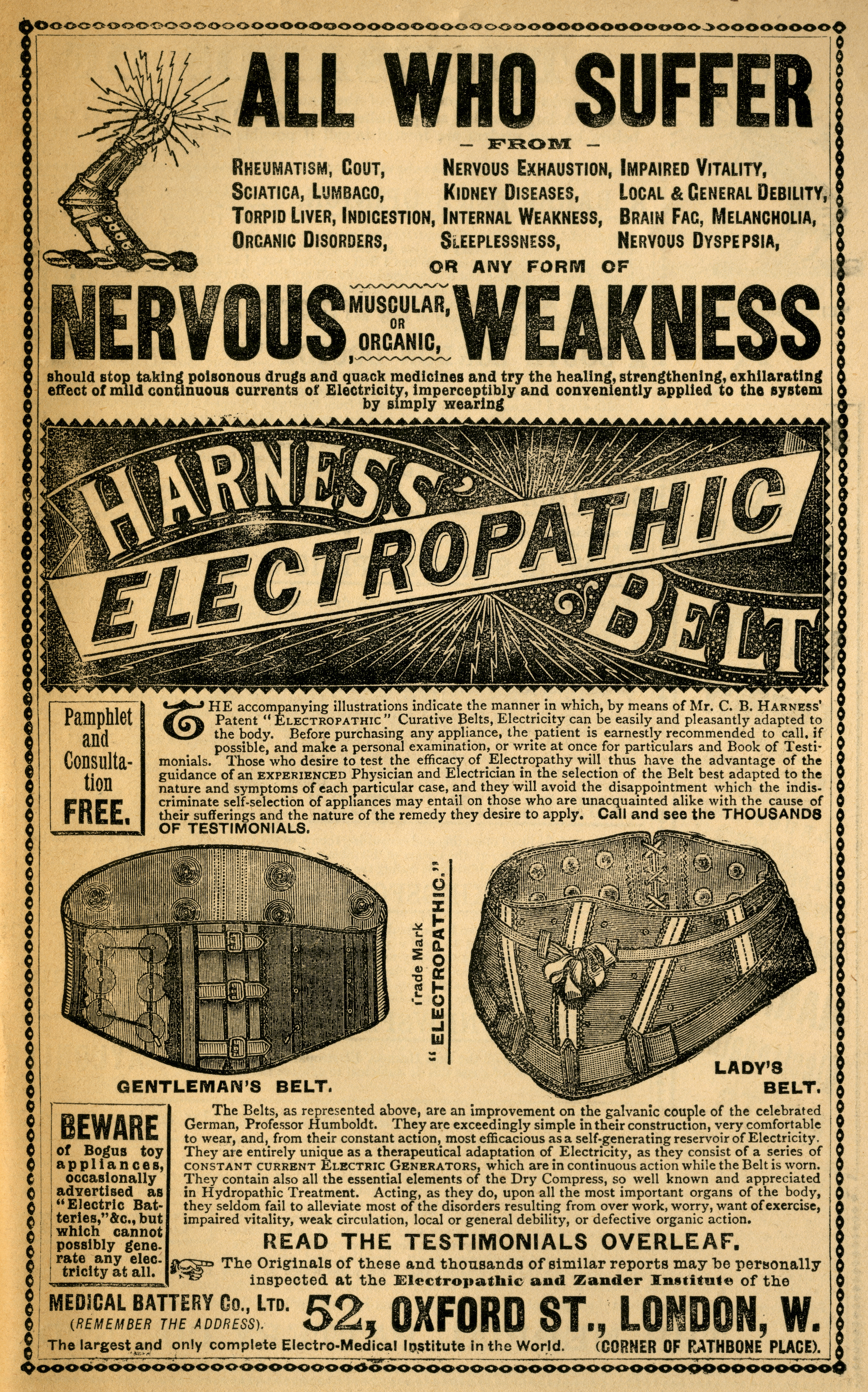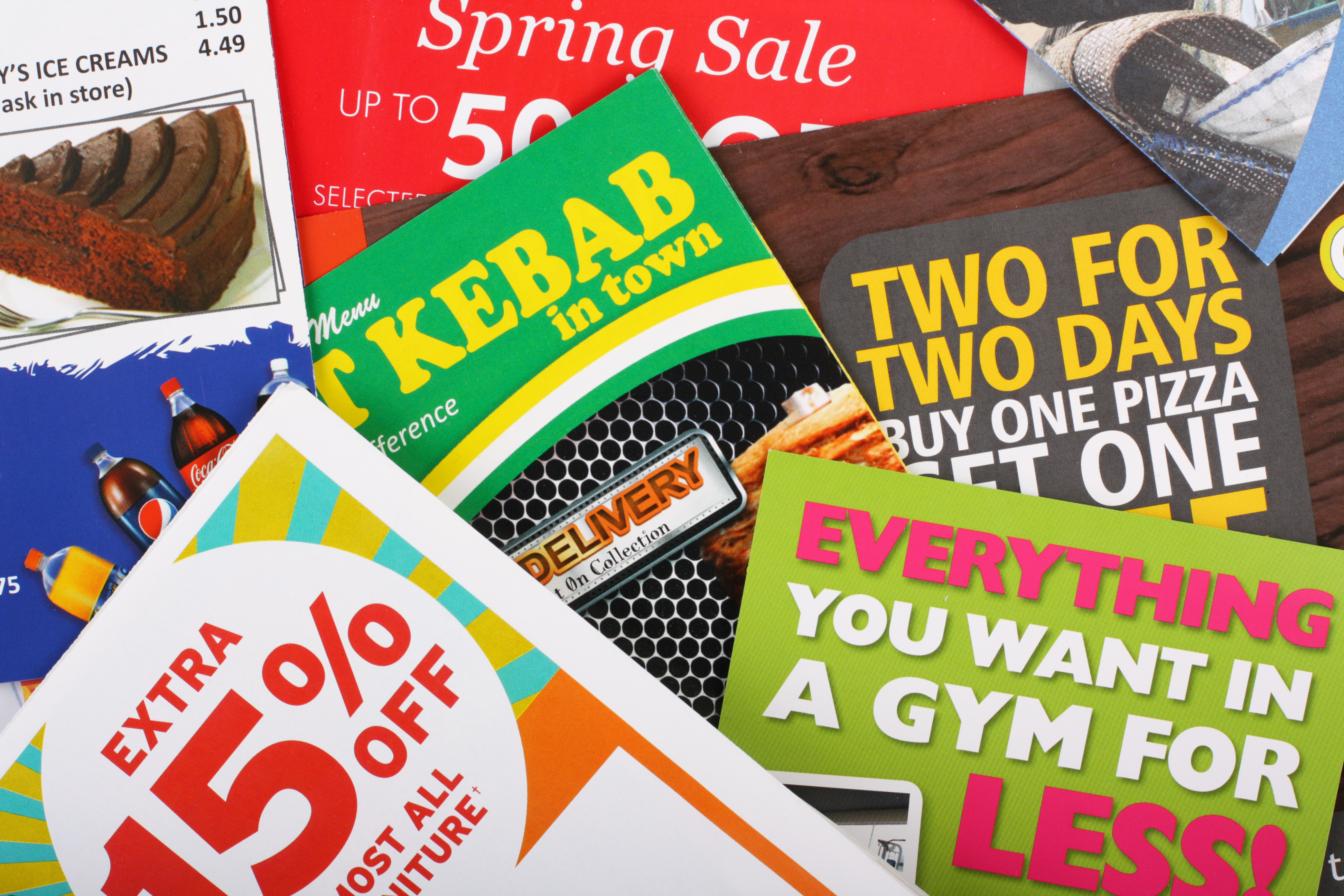Direct response copywriting is finally getting the glory it deserves.
In recent years, it has been snubbed by many copywriters for being too pushy, too sales-y and too full of hyperbole.
Like fashion, content marketing trends come around in circles and are often dictated by updates to how the big guns like Google operate.
You know by now that content marketing should be a part of your overall digital strategy. The way you create your advertising copy will of course depend on your niche. A doughnut pop-up store would write differently to a tax accounting service.
A popular current trend in social media advertising is to write short, snappy copy. This works perfectly for social ads. When your audience is idly scrolling through their feed, you need to throw your most important product points at them to entice them to stop scrolling and pay attention.

But what about when it comes to creating copy for your website? Are you struggling to find your voice?
It’s estimated that there are over 1.8 billion active websites on the net right now and that’s a mind-boggling amount of words to compete with.
Make your brand stand out by taking inspiration from some of the most unlikely sources: the past, your spam folder and TV.
DEEP DIVE INTO HISTORY
Long-form Advertising Copy
Advertising copy wasn’t always short and snappy. If you take a look back to the past, you’ll find that the most successful copywriters specialized in long-form copy. And, though you might think that that doesn’t work in this day and age, you might want to reconsider that opinion.
It turns out that consumers love content. SerpIQ found that content over 2,400 words ranks higher, and the average word count of blog posts is on the rise. This makes sense, because more content gives users more insight into their search and presents you as an expert in your field.
The “Father of Modern Advertising” David Ogilvy headed some of the 50’s and 60’s biggest campaigns, for brands like Rolls-Royce, Dove and American Express. Even back then, he knew how to do direct response copywriting just right.
He said:
“Do not address your readers as though they were gathered together in a stadium. When people read your copy, they are alone. Pretend you are writing to each of them a letter on behalf of your client.”
He also loved long-form copywriting.

Most direct response copywriting is in this style. That’s because in order to persuade a user to do something, you need to provide sufficient information
As Ogilvy said, “The more you tell, the more you sell.”
In a study by Crazy Egg on long vs. short content, they found that long content outperforms short-form copy by 30%.
To sum up a long story, don’t skimp on your content. Use professional SEO copywriting services if necessary to ensure your readers have enough information to make an informed decision and click through to your CTA.
Using Your Headline Wisely
Before the digital age, SEO copywriting wasn’t necessary. Instead, advertisers would grab readers as they flicked through newspapers with a catchy headline.
Good old David Ogilvy executed a famous ad for Rolls-Royce, in which he crafted what he calls the best headline he ever wrote.
It went like this:
At 60 miles an hour the loudest noise in this new Rolls-Royce comes from the electric clock
Why was it so successful? It ticks pretty much all of the boxes needed for a killer headline:
- The benefit is implied, not stated – the headline is both clever and intriguing
- It’s simple and not full of fluff or hyperbole
- It explains the new and exciting feature, that most other cars didn’t have
- It contains the information that an interested buyer would need
- It makes a reader curious: What else can this car do? Do I need it?
Your direct response marketing content needs to kick off in style with an Impress!ve™ headline. Spend time on it and don’t be lazy.
Tip: Create 10 headlines and then choose your favorite or ask for opinions from others

READ YOUR JUNK MAIL
Direct Response Copywriting Tips from the Originals
Excuse me? You’re telling me to write like those spammers that unashamedly fill up my inbox?
Actually, yes, I sort-of am. That junk folder is a gold mine of inspiration.
In a controlled way, you can take tips from junk mail to craft copy that’s so effective that readers just have to take action.
Junk mail is still so tempting because:
- It piques curiosity by using an email subject that makes you want to open the email. This is achieved by cliff-hangers and FAQs.
- It involves the reader directly and psychologically. It speaks to the reader in an emotional way to encourage the desire to find out more about themselves.
- It uses urgency. Urgency motivates people to hurry up and take action, without missing out. Spam emails claim that something is only available in limited quantities or for a limited time.
- It uses the word “free”. People like free things, so you can use synonyms of “free” as many times as you need. Complimentary, free of charge, on the house,
- It uses exciting words to catch attention and build interest. Words that are charged with meaning and excitement elicit a better response than neutral terms.
- It understands the readers and offers something that they want. It asks all the right, provocative questions and makes the reader feel as though they need what they’re offering.
- It makes the reader feel special, as though they’re getting an exclusive offer that will enrich their lives.
Follow these copywriting tips as your ideal formula for effective direct response marketing. Balance is important here. Don’t replicate the cheesy or spammy nature of junk emails but do follow the guide above.

Just like junk mail, direct response copywriting should focus on that immediate moment, to encourage a reader to take instant action. i.e. to take a direct response.
Study TV Advertisements
The Opposite Side of the Coin
TV adverts are to direct-response copy, what SEO is to PPC.
They’re a long game. They’re created with the goal of brand awareness. Direct response, on the other hand, calls for immediate actions and straight-up sales.
So, why is it relevant in this post about direct response content marketing? By studying this form of advertising, you’ll be able to see what the other side of the coin looks like and use that to drive your sales copy.
Act like you’re speaking to one person, not an entire nation.
Over 120 million households in the USA own a TV. Television advertisers know that they’re addressing an entire nation and they use this to influence a consumer’s behavior.
Your direct response copy should run with a different strategy. Write as though you’re speaking directly to one person. Make them feel like the most important person in the room, and like your product was made to benefit them, and them only.
Use content that speaks to the senses
An advantage that television advertisers have is that they can use their medium to convey their message, through sight, sound and motion. All you have are words (and maybe an image or two).
Your copy has to be powerful and emotive. It has to disrupt a reader’s day, so they feel like their life won’t be the same without your product or service! Make them understand that they need to contact you or buy from you right now.
Use the copywriting tips already listed in this post to help, but for best results, consult professional SEO copywriting services for effective advertising copy that encourages a response.
Target the right audience

TV adverts don’t get to dictate who sees their ad. Of course, toy makers are likely to advertise on kids’ TV channels but in general, targeting is limited.
Digital marketing is magical because you can mostly control who sees your ad. Place your copy in the right places by using highly targeted Facebook Ads or PPC campaigns and write in a personalized voice for those people.
Is it Time to Shake Up Your Advertising Copy?
Drawing on inspiration from these unlikely sources can seem like a risk.
Isn’t marketing all about the future, not the past? Don’t people hate junk mail?!
That’s all correct, but direct response copy is a ball game of its own. It’s something that takes practice and should be studied by any modern-day copywriter. As long as you’re only pulling out the best features for your direct response copywriting, you’ll be able to make your copy work.
Smartly place direct response copy on landing pages, products pages, emails and other pieces of content and measure how many leads it generates for your business.



